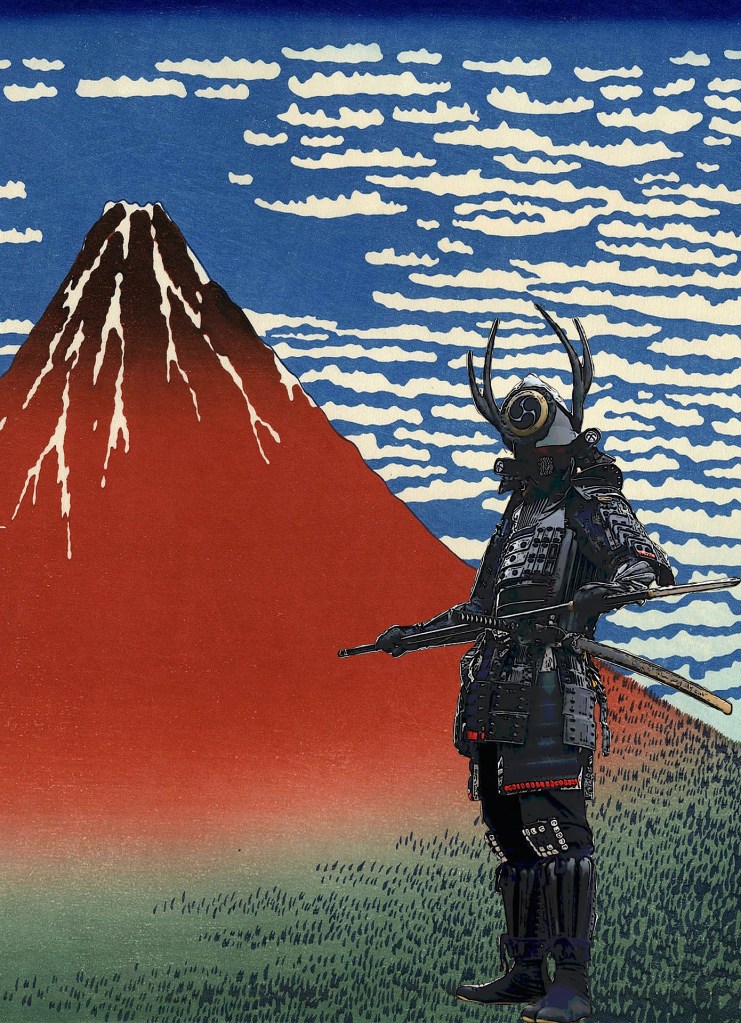I was asleep till I was awakened by the force of the earthquake. It was my first and I didn’t know what was happening. My cellphone was yelling, “Jishin Des. It’s an earthquake.” The high-pitched automated warning in Japanese sent my entire being into a state of alarm.
I wanted it to stop.
My lightbulb was swaying from right to left. The building was moving around as though I were staying in a makeshift tent instead of an edifice erected from brick-and-mortar. The birds were screeching outside. But the sound I remember most starkly is that of the earth croaking. She sounded like a tired old giantess awakening from slumber.
I was wide awake. I knew I wouldn’t be catching any sleep that night.
We must all have evolutionary memories somewhere; of being at the mercy of our environment. The earth could simply gobble us up without a care for our achievements, our accolades or even everything we had worked hard to create.
Those of us who live away from the tectonic plates that define the natural geographic borders of the world do not have the opportunity to experience the primal force of the Land, the Ocean and its Volcanoes.
One comes to realise what Nature can do. It is a primal force. Perhaps this same force resides inside each and every single one of us as well.

The Volcano
The archipelago of Hawaii emerged from the sea millions of years ago. The land and its landscape was forged by the fiery hand of the volcano. In the Hawaiian religion, she is known as Pele, the goddess of fire and the Creator of the Hawaiian Islands.
Two of the world’s most active volcanoes – Kilauea and Maunaloa – can be found in Hawaii. The opportunity to witness the primal natural force of creation and destruction makes it one of the most popular visitor attractions in Hawaii as well as a sacred site for those who reside there.
Volcanoes are Nature’s architects. In the aftermath of its destructive force lays the potential for a new creation. Each volcano is different. It has its own character, its own temperament and its own mood. Some burst forth in explosive eruptions and others release rivers of lava by way of effusive eruptions.
Volcanoes do provide some prior warning before they erupt. Warning signs include: small earthquakes, an expansion of the volcano’s sides and increased emission of gasses from its vents. However, it is not possible to predict exactly when any volcano will erupt. A volcano can be active or it can lay dormant for decades or even centuries before it erupts.
The lava that emerges from the inner core of the earth destroys the old to create the new. Lava flows are destructive towards anyone or anything that stands in their path. Casualties are rare if lava flows are slow enough for people and animals to escape. It all depends on the viscosity of the lava. Injuries and deaths can and have known to occur in the event of an eruption.
Volcanoes emit poisonous gases which pollute the environment and cause health problems. Unlike earthquakes, volcanic eruptions can affect people and places that are far away. Explosive eruptions release huge volumes of rock fragments, ash and gases high into the atmosphere. It can even halt air travel in some cases.
When the ash finally falls, it can damage crops, machinery, buildings and so on. Volcanic gases such as sulphur dioxide can trigger global cooling, whereas carbon dioxide can contribute to global warming.
Volcanologists have names for all the wide array of rocks that emerge in the wake of a volcanic eruption. Basalt is the most common type of rock made from lava. Many factors play a role in how rocks are created in the aftermath of an eruption and what types and shapes of rocks a volcano can produce.
The many transformations that the volcanoes go through tell the fascinating story of earth’s geological history.
The Primal Force
When a major natural disaster strikes, we see images on the news or read articles on the event. We have the sense that something terrible has happened. During my years in Japan, the forewarnings were always there. I was once in a park and I saw kites nesting there; far away from the shoreline which is their usual environment. Later that day, I was told that there was an earthquake. This time, I did not feel it.
This primal force, while not predictable, usually does give us forewarnings if we know how to read the signs. Unusual behaviour among animals was a way in which the older generations learnt to tell when a tsunami or earthquake was on its way.
The ferocity of a volcano is unrivalled. Some of these volcanoes were thought to be dormant or dead till they suddenly awakened. It got me thinking about whether certain people were that way. If there were traits within them that lay dormant; till one day it erupted. It was as though what we were seeing with our eyes was deceiving us regarding what lay underneath.
Like I said, these things are hard to predict. But before the volcano is about to explode, the warnings signs are always there. We need to be quick, though. It is not a time to think things through. We need to run for our lives. That means letting go of everything that we had accumulated and amassed. We don’t know if it will still be there when we get back.
In some regard, the force of the volcano is like the Moon. It waxes and wanes. The magma burns inside and within till it’s time for it to reveal itself.
Magnificent or terrifying? I’d say it’s a bit of both.





Leave a comment